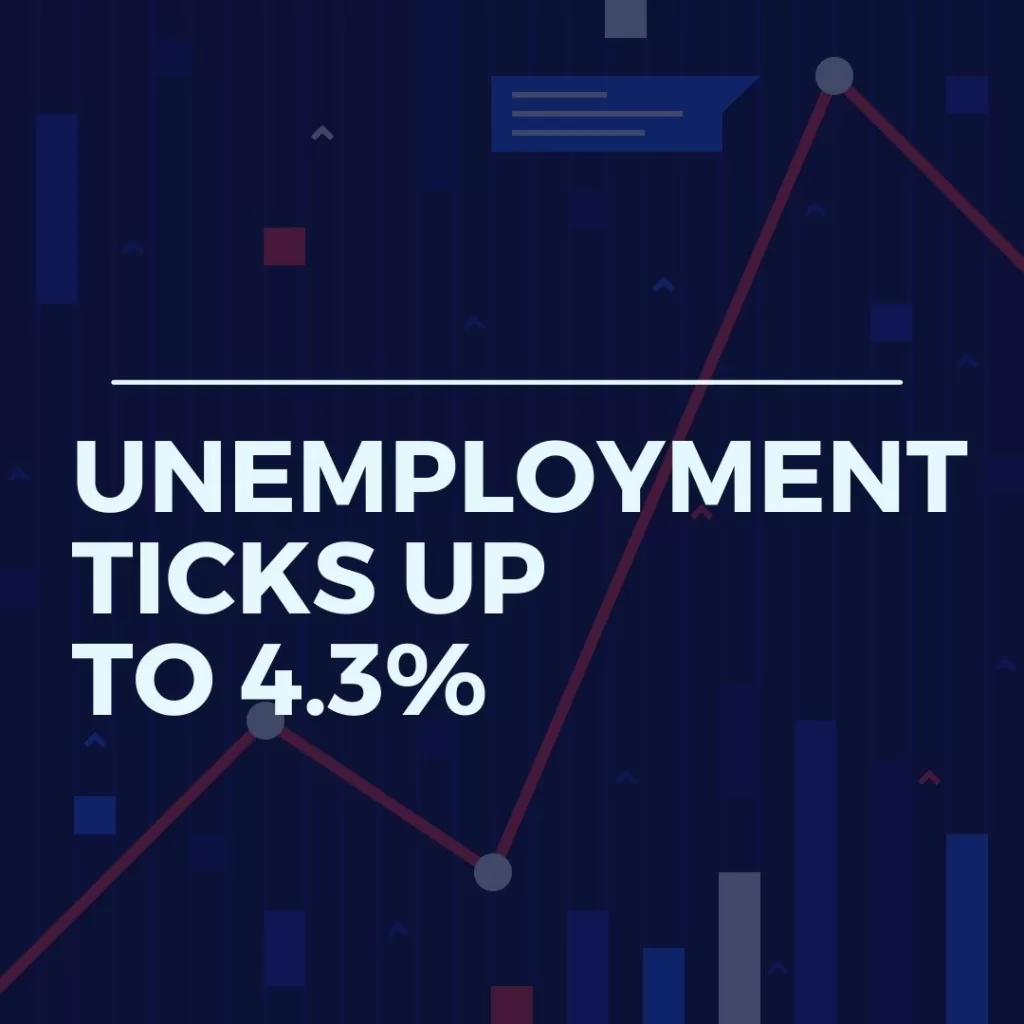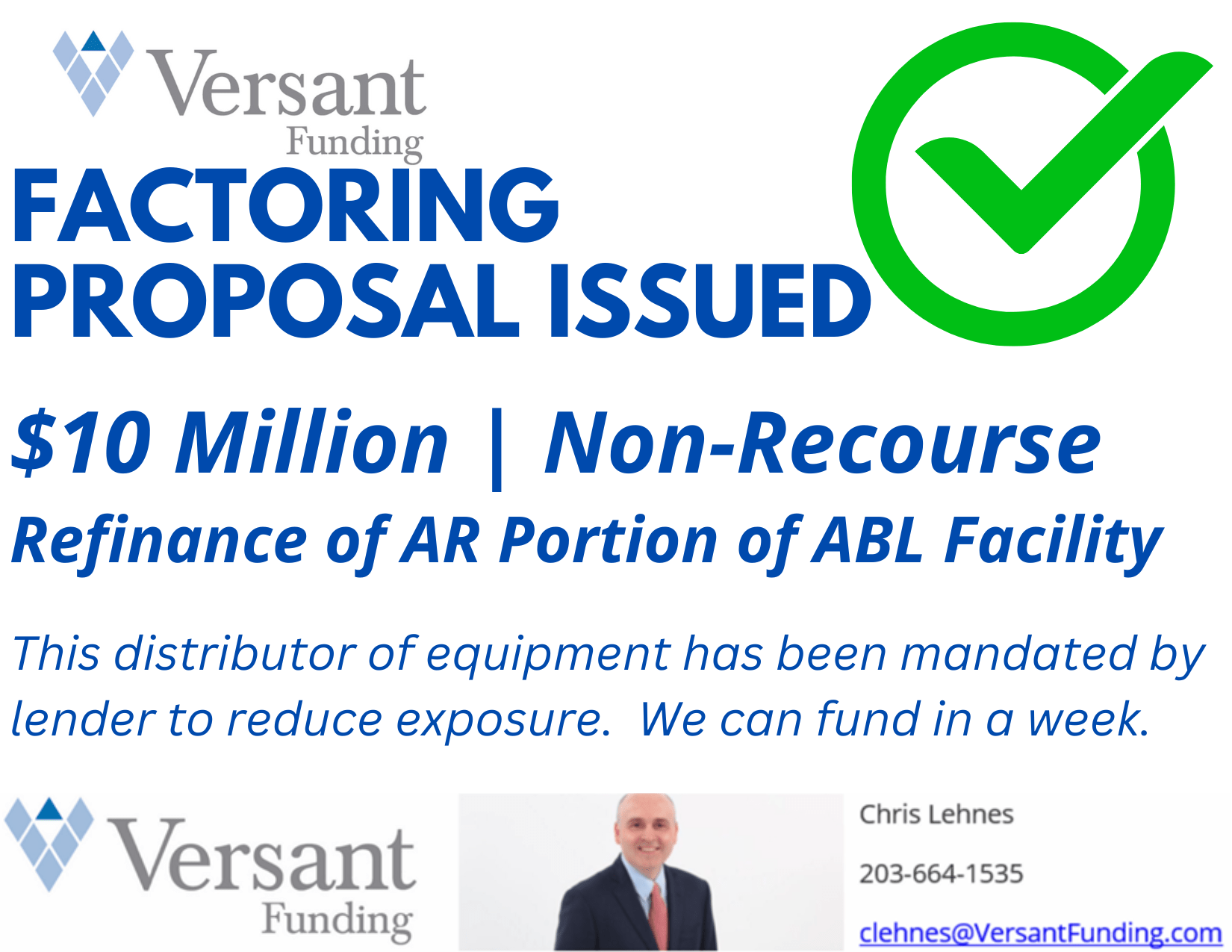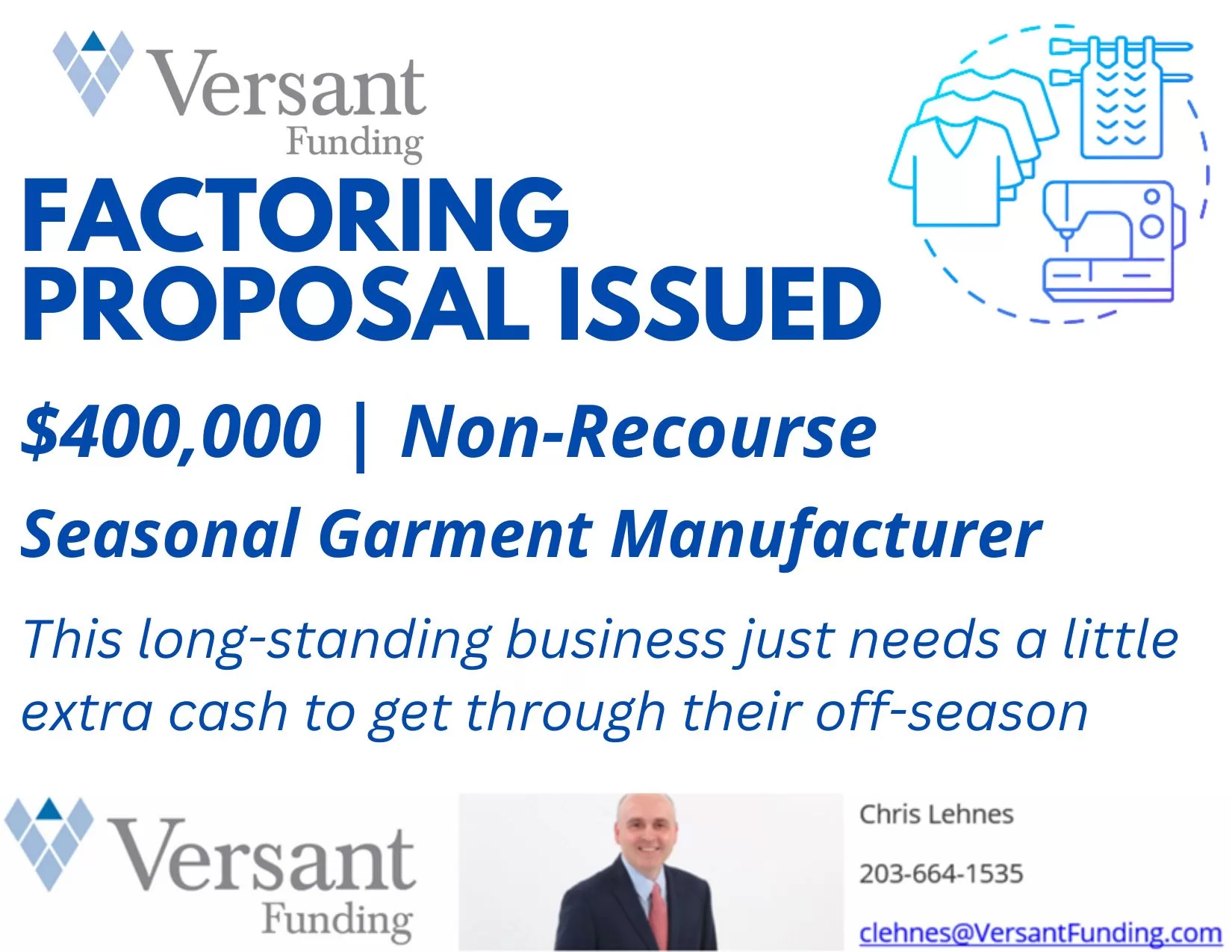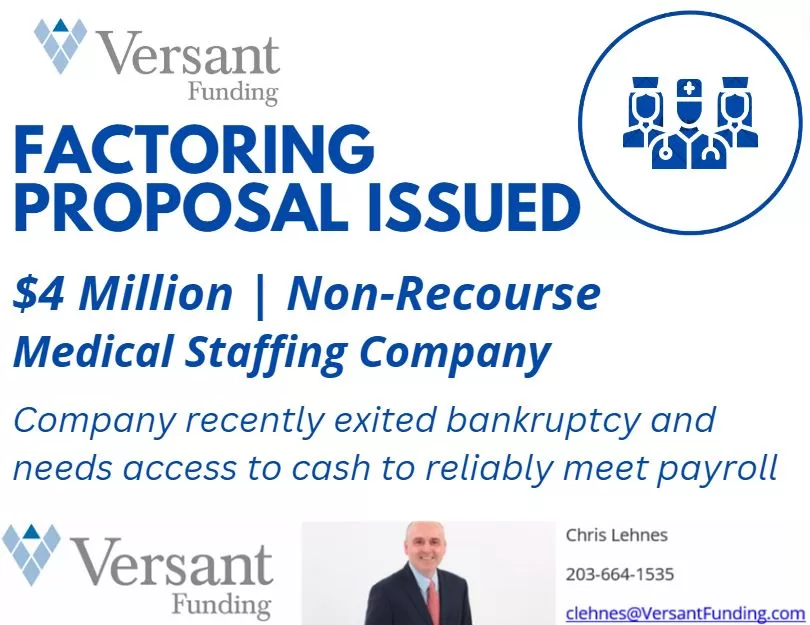Unemployment Rises to 4.3% as Hiring Slows, Missing Expectations
The unemployment rate in the United States has increased to 4.3% in the latest economic report, marking a significant uptick from the previous month’s rate of 4.0% according to the US Department of Labor. This rise in unemployment comes as a surprise to many economists and analysts, who had expected the rate to remain stable or even decrease slightly. Unemployment Rises to 4.3%
Factors Contributing to the Rise
Several factors have contributed to this increase in unemployment:
- Slower Hiring Rates: Employers across various sectors have slowed their hiring processes. Companies are taking a more cautious approach due to economic uncertainties, leading to fewer job openings.
- Economic Uncertainty: Ongoing economic uncertainties, including concerns about inflation, supply chain disruptions, and geopolitical tensions, have made businesses hesitant to expand their workforce.
- Sector-Specific Challenges: Certain industries, such as technology and manufacturing, have faced specific challenges that have led to layoffs and hiring freezes. For instance, the tech sector has seen significant cutbacks due to reduced consumer spending on electronics and services.
Impact on the Economy
The rise in unemployment has several implications for the broader economy:
- Consumer Confidence: Increased unemployment often leads to a decline in consumer confidence, as people become more concerned about job security and future economic prospects. This can result in reduced consumer spending, which is a critical driver of economic growth.
- Business Investment: Higher unemployment can also affect business investment decisions. Companies may delay or scale back investments in new projects and expansions, further slowing economic growth.
- Policy Response: The increase in unemployment could prompt a response from policymakers, including potential adjustments to interest rates or the introduction of new economic stimulus measures to support job growth and economic stability.
Looking Ahead
Economists will closely monitor upcoming economic data to determine whether this rise in unemployment is a temporary blip or indicative of a longer-term trend. Key indicators to watch include job creation numbers, wage growth, and consumer spending patterns.
Conclusion
The unexpected rise in the unemployment rate to 4.3% underscores the complexities and uncertainties facing the U.S. economy. While the increase poses challenges, it also highlights the need for adaptive strategies from both businesses and policymakers to navigate the evolving economic landscape.










